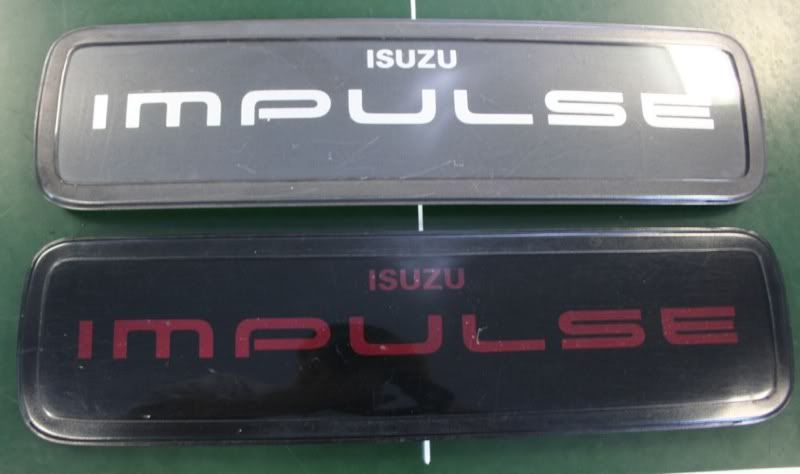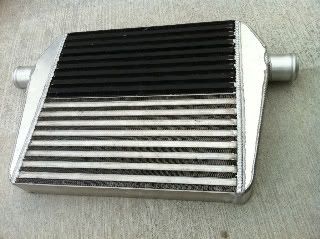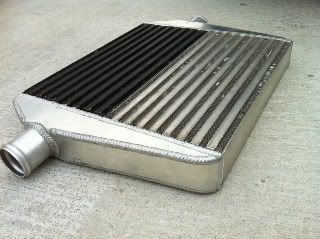Ah - where do I start? (Other than mentioning a well respected resource for battery info...? Not that I do that stuff on Aussie forums.)
"Normal" batteries are wet or flooded cells. These can be low maintenance types - ie, semi-sealed often with the "power-eye" green-clear-red/black "ball hydrometer" else traditional with easily removed caps.
"Sealed" batteries are typically AGMs (Absorbent Glass Mat, aka VRLA - Valve Recombinant Lead Acid) which have no free acid, or Gel-Cels which have jelly-like acid.
All above are Lead-Acid batteries (~2 Volts per cell, 6 cells = 6x2V = a 12V "monoblock" or battery).
The AGMs and Gels are "sealed" lead acids (SLA), though the term SLA can be misapplied (eg, to some semi-sealed aka Low Maintenance wets.) And SLAs are not "all the same" - viz: Gel versus AGM.
By law, any inside battery shall not vent gases (hydrogen) nor acid. Hence (generally) AGM & Gels are ok, but wets must be in a sealed enclosure which is vented to outside air (hence the common yet seemingly contradictory phrase "[/i]a sealed vented enclosure[/i]").
Inside/internal means inside cabins & boots (and caravans, certain boats, etc) but NOT the engine bay.
That covers the regulatory stuff (bad pun? Regs as in legal, not voltage regulation).
BTW - batteries last longer these days primarily due to the automotive industry increasing alternator output from 13.8V to 14.2V.
That's another story, though it segways beautifully into the next part - the bullshit and misunderstandings re batteries....
EGs:...
- a battery will not fully charge at 13.8V. (Bullshit, but they need more to recover from sulfation. But just buy my $400 dc-dc converter to be sure...)
- voltage must be increased for longer cables. (Bullshit, though voltage drops due to other loads is another matter. A battery accepts less current as it charges and its charge-current contributing voltage drop will approach 0V as its charge current approaches its fully charged current draw (aka float current) which is typically 0.1A to 2A for automotive batteries.)
- AGMs are good for high currents. Put it this way, because AGMs have a lower internal resistance (typically half that of wets), they can supply higher current (eg, twice the
short-circuit current of wets - ie, half the resistance, therefore twice the current). BUT that does not mean they like it. High current surges from cranking and big audio systems etc will destroy AGMs faster than wets. (Partly due to internal resistance, partly because wets can evaporate fluid to cool down.) Hence why capacitors are required
to preserve AGM life in big thumping audio systems (typically 3kW outputs and above).
A poor analogy to the last may be that your engine might put out more power at 10k RPM (especially with narrower big-end and main bearings), but that doesn't mean it likes doing it.
All batteries are divided into 2 groups - crankers (high current, low DOD (Depth of Discharge) and Deep Cycle (low current, high DOD). They are 2 different constructions - more thinner plates (for greater surface area hence more current) else fewer thicker plates (less current but greater "depth" of discharge).
Anything else is a compromise, though you can have a BIGGER deep cycle for cranking - ie, its "low" current is as big as the smaller cranker.
And all batteries should be recharged ASAP. The deeper the discharge (flattening) and the longer they are left, the more sulphate builds up on plates, and that damages batteries. [ Fresh "soft" sulphate can be removed electrically - hence the reconditioning or maintenance charges above 14.4V etc or high currents (>20A), but hard sulphate cannot - that requires mechanical removal (sometime achieved with vibration or pulsing charge currents). Hard sulfation tends to occur after one week (on average; depends on type, DOD, temperature, etc). And sulfation starts to occur as soon as the battery "is not fully charged" which - essentially means ~24 hours after a full recharge, but is generally considered negligible down to say 80% capacity (20% discharged) if not left too long....
Normally I deal with dual-battery systems. Now that is an area full of misunderstanding else hype (there is BIG money to be made!).
And without going into the crap about "priority charging" (which technically is
total bullshit) and expensive voltage sensing or "Smart" isolators (forget diode & Shottky isolators!!!), and paralleling (or not) of same or different batteries, I'll summarise my recommendations as follows:
Keep the original cranking battery (wet) in the engine bay. Obtain whatever secondary battery(s) is required, and interconnect with an isolator. The isolator should isolate when NOT charging else, when not in use (eg, for winches & audio - assuming you can risk flattening your cranker - but no battery should be left in parallel when not required).
With that generalised summary comes the other considerations - ie, whether mounted externally or in the engine bay else
internally, whether cranking or deep cycle (yes, they can be paralleled when charging), etc.
And there can be occasional tech details - like batteries requiring (charge) current limiting, or different voltages (antimony versus calcium versus AGM etc). But suffice to say, despite such
technicalities (ie, battery specs), most batteries fare well despite preset vehicle charging voltages, and current limits being well and truly exceeded upon initial charging after cranking etc.
EG - I now get over 6 years life from my wet cells (~$100-$120) despite only recently (3 years ago?) upgrading to non-externally regulated alternators in my Wasp (as per the internally regulated alternators that the Piazza and modern cars have). My mum just retired her similar battery after 8 years (a "new" 1989 vehicle).
Now, Optima. AFAIAC, they were once good. But from my readings, they definitely went bad. Whether that's due to recycled lead or ownership changes, I don't care.
And the guys that supply my batteries reckon they won't touch them. Nor Odyssey. Too many failures and returns. They reckon Deka are the go. (Others reckon River<whatever>, but I think they were too expensive.)
For hot climates (Darwin), Sonnenchein (Gel-cels) if you can afford it, but that's probably overkill for cars anyhow.
I love my IMO "totally unsuitable" Yuasa UXH38-12 (38AH) AGM UPS battery which is now ~11 years old (another story, but obtained when 5 years old and only used in vehicles for the last 4 years), but at $670 replacement cost, I'd go for the UXH100-12 for ~$500 instead (yes, 100AH for $less, and cheaper than the $550 RRP of the Optima yellow-top 70AH - even IMO if bought for $450).
I'll spare the other money savers - like $5-$20 for an automated dual-battery isolator that has superior performance to voltage sensing isolators, or a 5c diode (or 2 for 10c) instead of spending $42 for the same just to boost your alternator output by ~0.6V (a certain Isuzuphile last night in his BMW should use that to boost his recalcitrant 13.8V charge voltage!).
Incidentally, a great source for battery info is Bill Darden's BattertFAQ at
BatteryFAQ. I recommend downloading the ZIP as per instruction from the FAQ section 19
here. It can get updated every few months, but it's a great and
concise battery read. I have yet to disagree with anything in it, though a few days ago I read some crap by another that likewise recommended and use the same source. (Alas I see how the misunderstandings arise, all I can say is Bill agrees with me and vice-versa.)
[ If you think we contradict, then let me know! Likewise if you need further clarification, or someone told you something. Bill also cleverly evades and delegates some of the issues I deal with, but I will take HIS technical detail rather than my own - but hat has only involved changing my cranker DOD limit from 30% to 20% (ie 80% of capacity) - in all else we either "don't disagree" I I just didn't know. ]
And the best info I EVER got about batteries was "They are more of an Art than a Science!". Too farken true, but it is surprisingly simple - in retrospect (after 1-score years and...).
Another short post brought to you by EOTUF.
IZU069 - ISUZU means a lot to me.
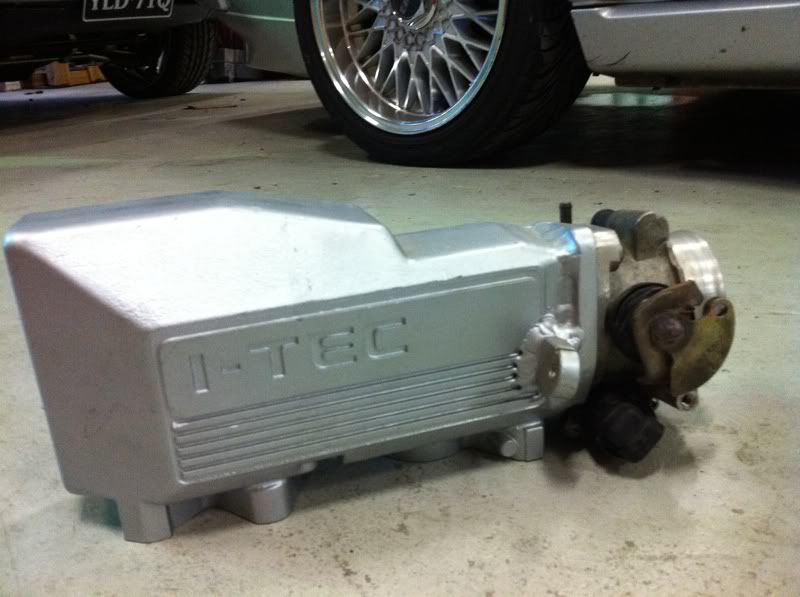

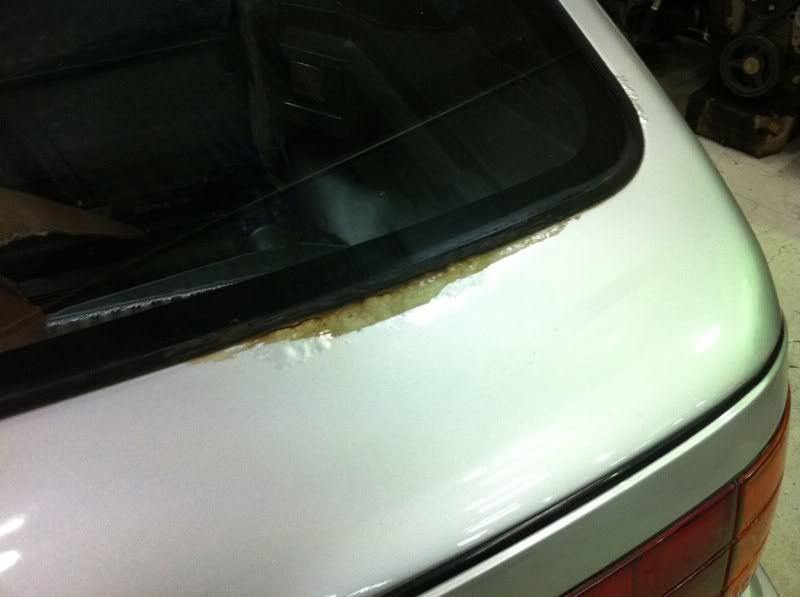
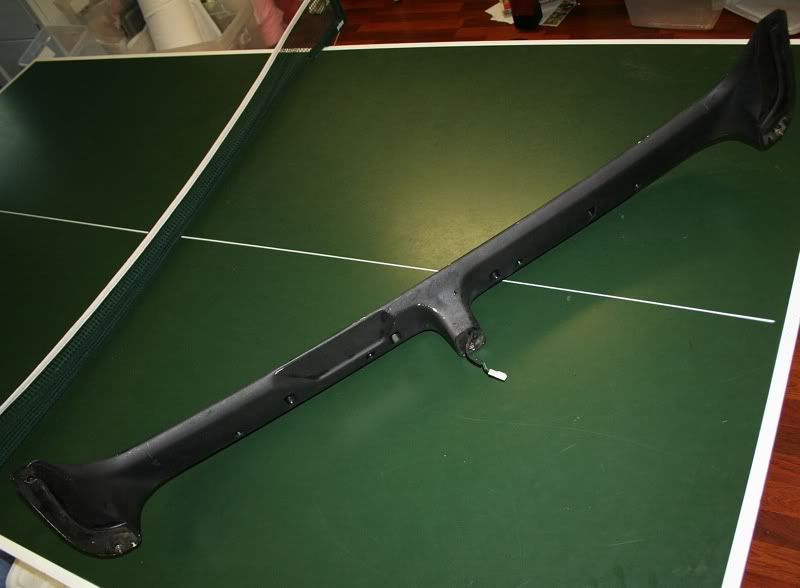 (spoiler to be shipped from USA very soon)
(spoiler to be shipped from USA very soon) 